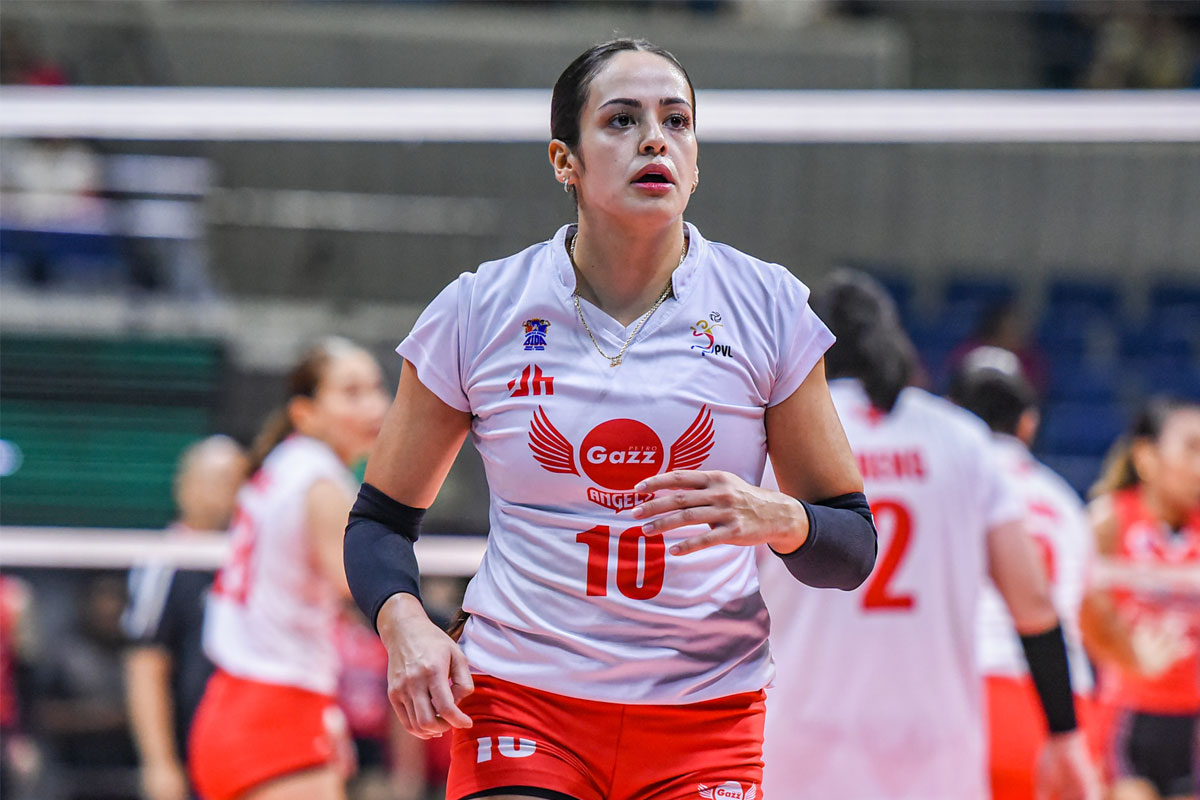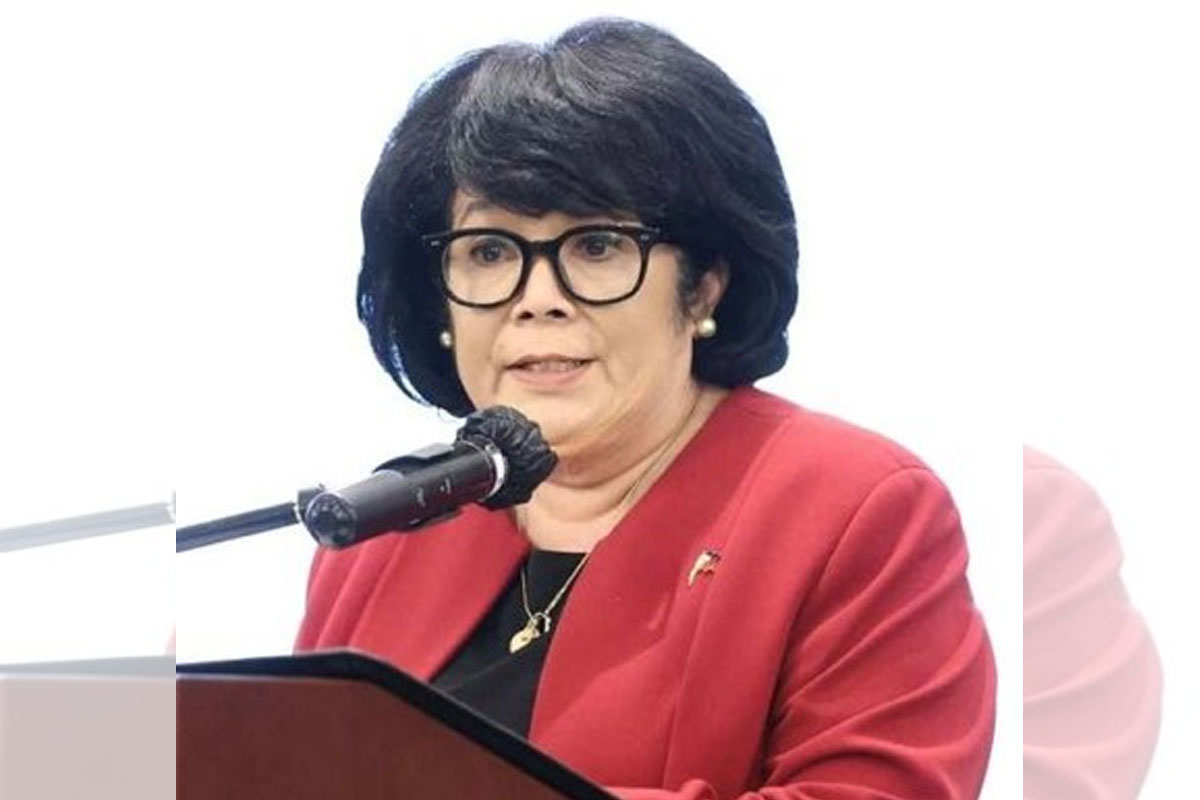 PNR Director Henry Uri leads the project briefing with Quezon Vice Governor Anacleto Alcala III. Photo by Gemi Formaran
PNR Director Henry Uri leads the project briefing with Quezon Vice Governor Anacleto Alcala III. Photo by Gemi Formaran
PNR South long-haul project to start soon
LUCENA CITY – The Philippine National Railways (PNR) has assured the officials and residents in Quezon province that the much-awaited PNR South Long-Haul Project (SLHP) will start anytime soon.
PNR Director Henry Uri, who led a project briefing with Quezon Vice Governor and acting Governor Anacleto Alcala III on Tuesday, said they are just waiting for the contract signing between President Ferdinand Marcos, Jr. and his China counterpart.
Uri, who is also a veteran broadcast journalist, also assured the officials and residents in the affected areas that Governor Angelina Tan will thoroughly thresh out all the problems and concerns before the actual start of the construction of the project.
“Gov. Tan, in our talk with Provincial Administrator Manny Butardo, made an assurance that all the problems and concerns that will arise at the start of the project will be properly addressed in cooperation with the concerned mayors,” said Uri.
Butardo, who was also present during the briefing, disclosed that in a very recent meeting between Tan and DOTr (Department of Transportation) Usec. Cesar Chaves, along with the governor’s husband, DPWH Region 1 Director Ronnel Tan, the PNR general manager – discussed the soon-to-start SLHP while waiting for the contract signing.
“And the reason why the governor through Vice Gov. Alcala called for this meeting is for our provincial officials to be informed of the new alignment of the project,” said Butardo.
The project will cover Lucena city and twelve other municipalities in Quezon province, namely Tiaong, Candelaria, Sariaya, Pagbilao, Padre Burgos, Agdangan, Unisan, Gumaca, Lopez, Calauag, Guinayangan, and Tagkawayan.
Vice Gov. Alcala, for his part, assured that the executive and legislative branches of the provincial government of Quezon are both “ready” to consider the PNR project for its implementation for the benefit of the people of Quezon province.
According to the project overview during the presentation, the SLHP will cover a total of 380.38 kms (kilometers). with 22 train stations. The priority section of Phase 1 alignment covers 52.60 kms. that includes San Pablo, Candelaria, Lucena, and Pagbilao.
The project starts in Banlic, Laguna, up to Daraga, Albay and includes Banlic, Bucal, Los Banos, San Pablo city in Laguna province; Candelaria, Lucena, Pagbilao, Agdangan, Gumaca, Lopez, Calauag and Tagkawayan in Quezon; Ragay, Lupi, Sipocot, Libmanan, Naga, Pili, Iriga, Polangui, Ligao, Guinobatan and Daraga in Bicol region.
The total length of the alignment is 380.38 kms. covering 2,054 hectares. The project area within the existing PNR “right of way” is 748.58 has (hectares). and the total area for acquisition is 1,306.22 has.
The land area allotted for the 22 stations is 231.23 has., those allocated for the railway is 1,732.35 has.; the land area allotted for San Pablo Depot is 71.60 has.; and those in Daraga depot is 19.63 has.
In Laguna, there will be six cities and towns along with 45 barangays to be affected by the project; in Quezon, to be affected are Tiaong, Candelaria, Sariaya, Lucena, Pagbilao, Padre Burgos, Agdangan, Unisan, Gumaca, Lopez, Calauag, Guinayangan and Tagkawayan along with 122 bgys.
In Lucena city, the project will cover 52.20 has. and alignment of 10.75 kms. which includes 33.82 has. within PNR ROW and 18.38 has. area still for acquisition. Affected bgys. include Bgys. 8, 10, Mayao Castillo, Cotta, Iba. Iyam, Iba. Talim, Mayao Crossing, Mayao Kanluran, Mayao Parada, Mayao Silangan and Salinas.
The PNR Lucena station covers 15.5 has., in Bgy. 10, Cotta and Mayao Crossing, and assumes 354 maximum people to gather at the station.
The project overview showed that the new PNR alignment has mostly veered away from the coastal areas in Quezon province.
The “big ticket” PNR project, with an estimated cost of P141.79 billion, was reportedly already signed by DOTr and the China rail consortium and was started during the Duterte administration under its then “Build Build Build” centerpiece program.
The project proponent envisions a train speed of 120-160 kilometers per hour that could traverse from Manila to Daraga in 3.5 hrs. compared to 10 hrs. train travel in the past.



















